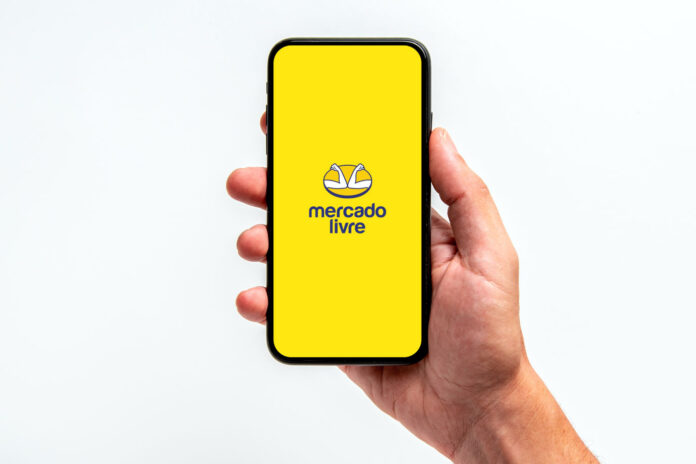A casa mais vigiada do Brasil é um dos maiores palcos para marcas que querem capturar a atenção do público. Mas nessa temporada, quais patrocinadores estão realmente conquistando engajamento, visualizações e presença de conteúdo?
THE Winnin, plataforma que usa IA proprietária para mapear tendências culturais a partir do consumo de vídeos na internet, mapeou resultados de 10 a 18 de fevereiro, do principal reality show brasileiro e trouxe insights exclusivos sobre as marcas participantes do reality que lideram o engajamento. A empresa analisou mais de 20 mil vídeos sobre o programa nas redes sociais e identificou que as marcas Mercado Livre, Dove e Kwai estão à frente em share de engajamento nos seus próprios canais.
Quando olhamos para o share de engajamento em User-Generated Content (UGC), o destaque vai para Kwai, Pantene e MRV, sugerindo que suas campanhas e ativações focam em conteúdo gerado pelo usuário.
Por outro lado, no share de engajamento em publicidade, vemos uma mudança: Downy, Betnacional e Kwai estão entre as marcas que mais se destacam em propagandas.
“Estar atento ao que acontece na cultura é essencial para ser relevante. O reality é um motor de trends, e as marcas que sabem se conectar com o que as pessoas estão falando – sem forçar a barra – conseguem ganhar espaço de maneira natural e autêntica”, afirma Sara Cristine, analista de marketing da Winnin.
Durante os três meses do programa, a Winnin oferece dados semanais por meio da página oficial Big Insights Brasil e de um dashboard exclusivo com um cadastro simples. Os relatórios dão destaque aos momentos de maior engajamento, à performance das patrocinadoras, ao comportamento do público e trazem insights sobre as melhores oportunidades para as marcas que estão fora do reality.
*Recorte analisando o engajamento de 10 a 18 de fevereiro.
**Mensuration from the video content about the reality.


